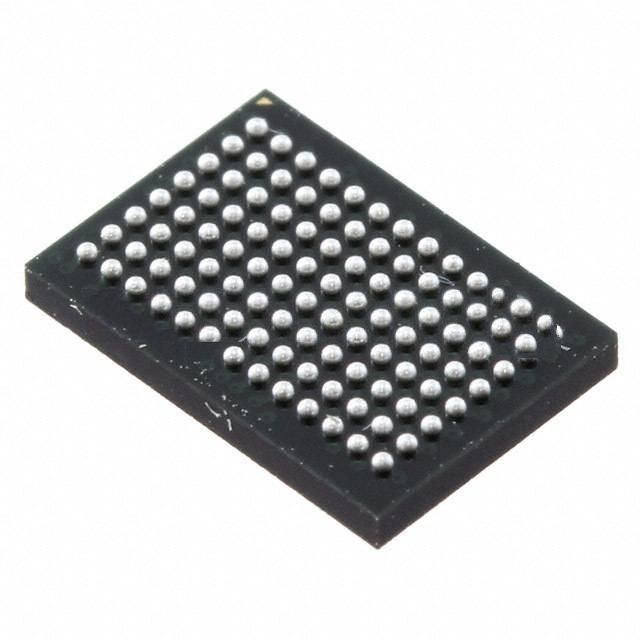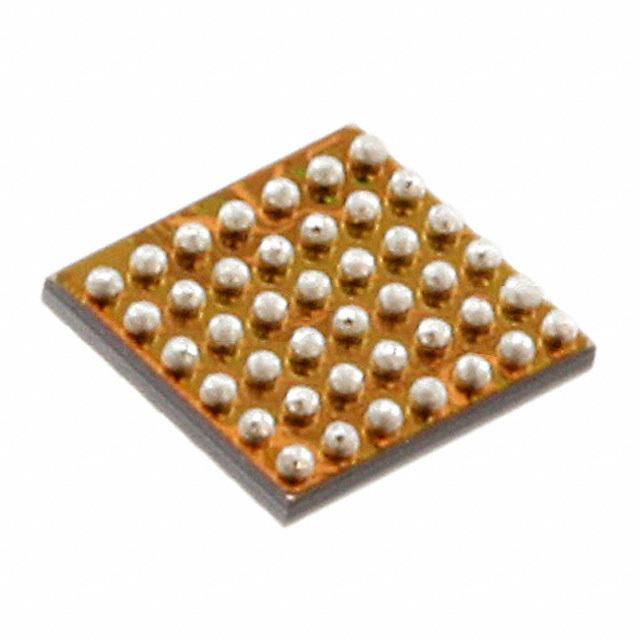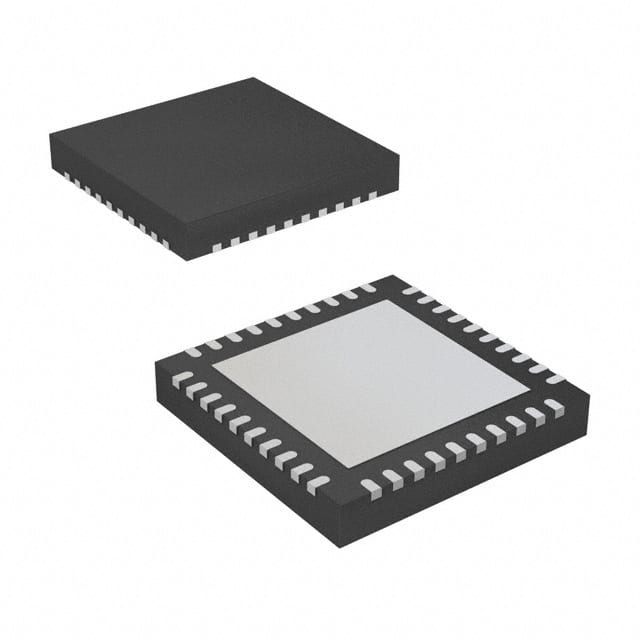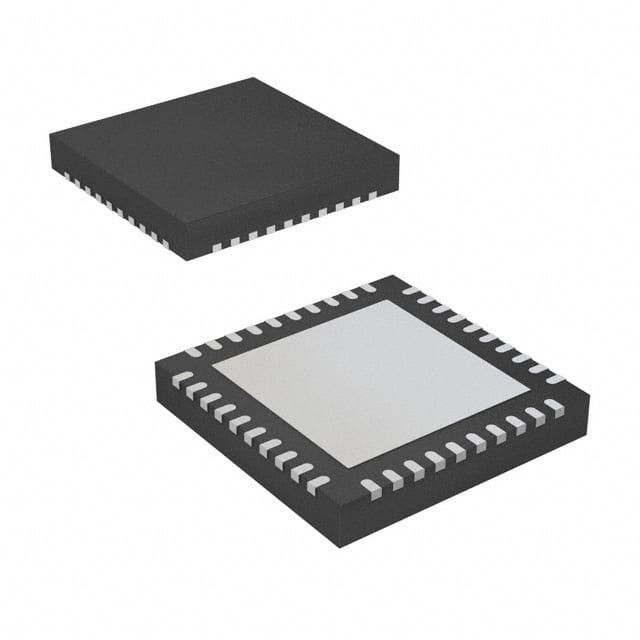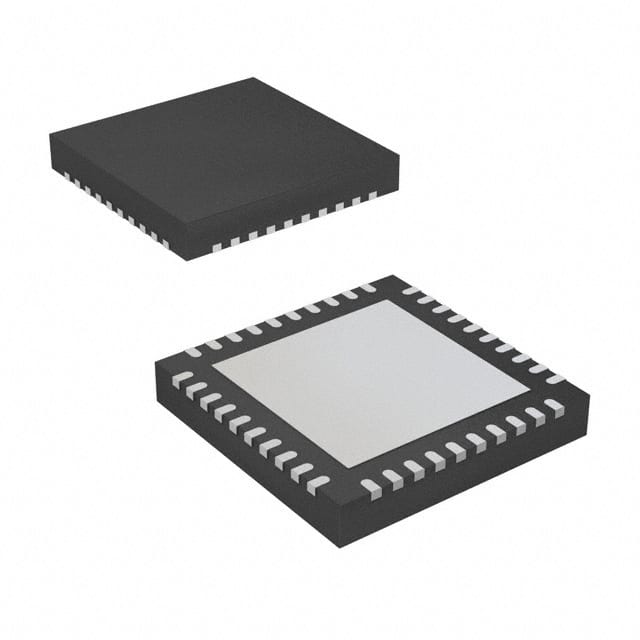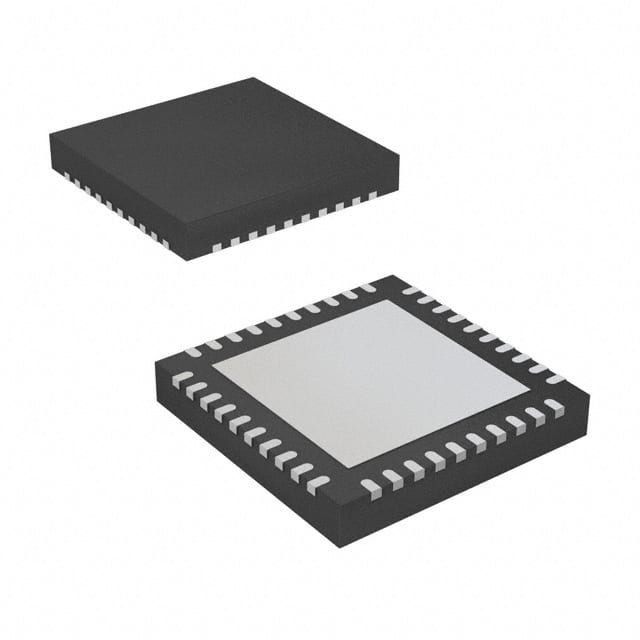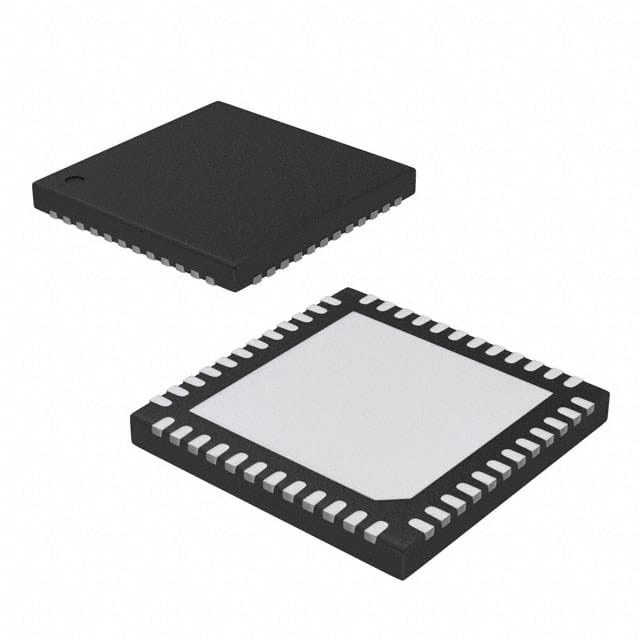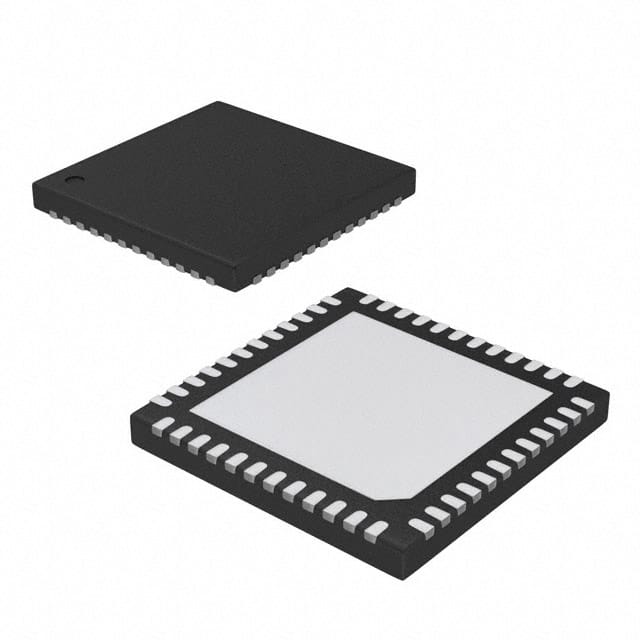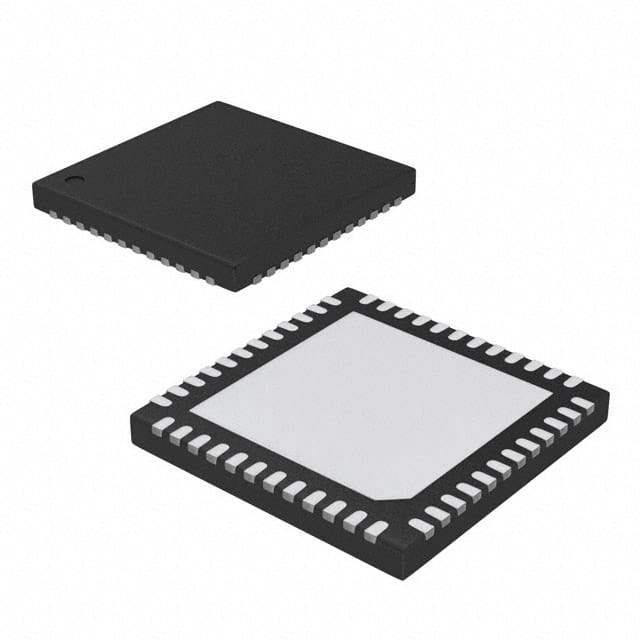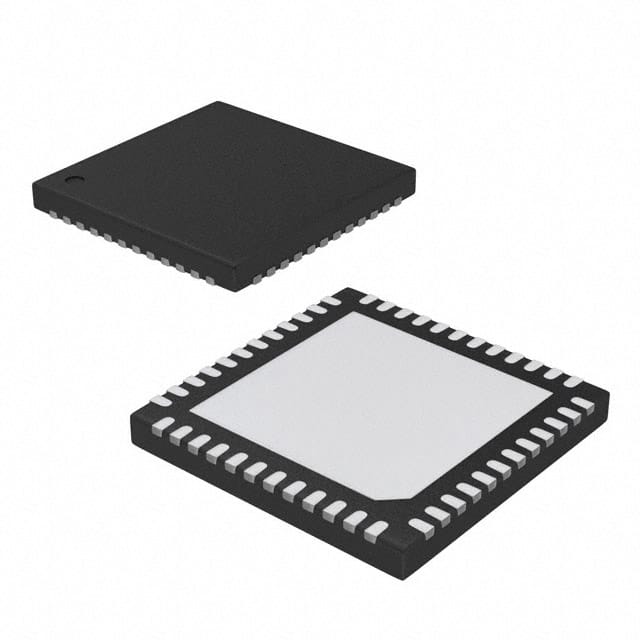What is a power management IC (PMIC)?
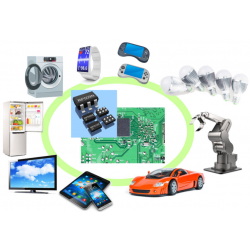
What is a power management IC (PMIC)?
PMIC definition
A power management integrated circuit (PMIC) is a highly integrated circuit design used to manage the power of electronic devices. It is a chip responsible for power management such as conversion, distribution, and detection of electrical energy in electronic equipment systems. It is primarily responsible for converting source voltage and current into electrical energy that can be used by microprocessors, sensors, and other loads. These circuits play a vital role in different types of electronic devices such as smartphones, tablets, portable media players, and other rechargeable devices.
Appliances are equipped with various electronic circuits required for electronic control, each with its own electrical requirements. The role of power management IC is to provide a stable supply voltage to the circuit according to various requirements.
As shown in Figure 1, power management ICs are used not only in household appliances, but also in various electrical products.
*aThe voltage strength of alternating current varies from country to country, but the basic principles of utilizing alternating current are the same.
*bTraditional incandescent lamps, fluorescent lamps, electric heaters, dryers, etc. all use AC power and do not require conversion.
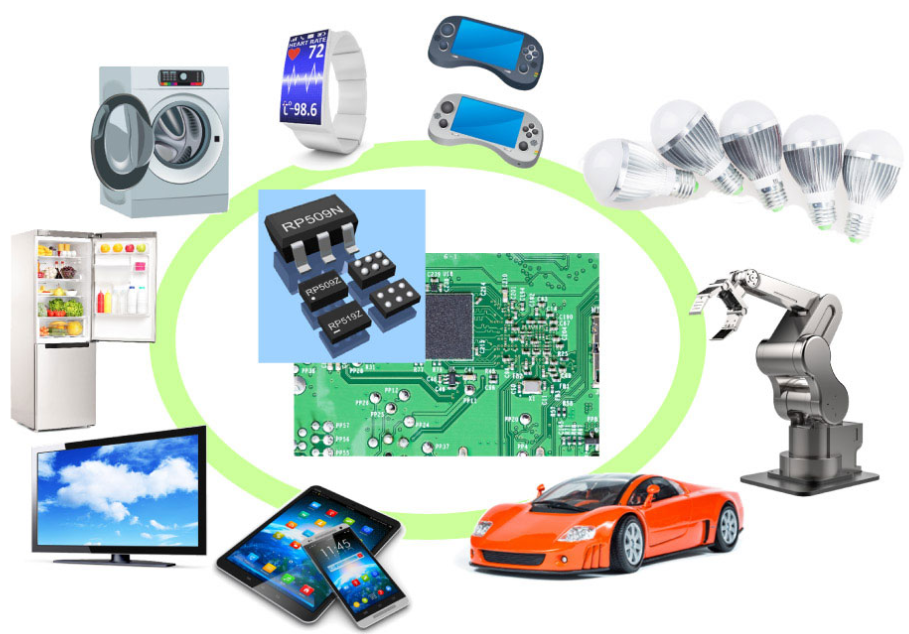
Products using power management ICs
Power conversion: Converting the voltage from a battery or external power source to the different voltage levels required by the device.
Battery Management: Monitor and manage battery charge status and health.
Voltage Regulation: Ensures that various parts of the equipment receive a constant, stable voltage.
Power Serialization: Controls the power sequence of individual components when the device starts up and shuts down.
System monitoring and protection: including overheating protection, overvoltage protection and short circuit protection.
PMIC type
The scope of power management is relatively broad, including power conversion (DC-DC, AC-DC, DC-AC), power distribution and detection, and systems that combine power conversion and power management. Correspondingly, the classification of power management integrated circuits includes linear power supply chips, voltage reference chips, and switching power supply chips. LCD driver chip, LED driver chip, voltage detection chip, battery charge management chip, gate driver, load switch, wide bandgap switch, etc.
How to use power management IC?
How do you select and combine power management ICs to find the correct source voltage*3 required for each device? We will use the power tree of a laptop computer as an example to illustrate the selection of power management ICs.
Laptops can be built with different components depending on the specifications, performance, cost, etc. of the PC. In addition, each device has different requirements for power supply voltage, power supply, efficiency, noise, etc. Therefore, the selection and combination of power management ICs are also different. Each is different.
An example of the power tree that powers the major devices inside a laptop is shown (image below).

Laptop power tree example
Notebook computers operate by drawing power from an AC adapter and a lithium-ion secondary battery. The AC adapter converts 120 V AC to 16 V DC and supplies the converted voltage to the PC while the charge control IC charges the lithium-ion battery. When the AC adapter is disconnected, the lithium-ion battery powers the system's entire power tree.
CPU and GPU circuits are densely packaged and manufactured using the latest micromachining technology. These technologies consume large currents and require very low voltages. Therefore, step-down DC/DC converters*4 are often used for the source lines of CPUs and GPUs to achieve efficient conversion. However, DC/DC converters are not suitable for audio amplifiers because the switching noise produced by these converters degrades the sound quality. Therefore, a 2.85 V linear regulator (LDO *5 ) is usually inserted between the DC/DC converter and the audio amplifier to reduce switching noise and improve sound quality.
In a backlit LED panel, the LEDs are connected in series. It requires more than 16 V to operate. Therefore, the boost converter supplies 30V to the backlight LED panel*6.
As shown above, the devices inside the laptop have different operating voltages and electrical characteristics*7. Therefore, power management IC is necessary for electrical products.
*cThe regulator adopts two control methods: linear method and switching method. A voltage regulator that uses a linear mode is called a linear voltage regulator, and a voltage regulator that uses a switching mode is called a switching voltage regulator (or converter for short).
*d An LDO regulator is a linear voltage regulator that operates despite a small difference between the input and output voltages.
*eWhen using an LDO regulator, the output voltage is inevitably lower than the input voltage. DC/DC converters, on the other hand, can buck (lower) and boost (raise) the input voltage. Buck (step-down) DC/DC converters generate an output voltage lower than the input, and boost (boost) converters generate an output voltage higher than the input.
*f The term "electrical characteristics" refers to the specifications of the power management IC, such as power supply, efficiency, noise, etc.
The role of power management IC
There are three types of power management ICs: 1) voltage regulators, 2) reset ICs, and 3) switching ICs. These have contributed to the efficient and stable operation of electrical products and the construction of today's conservation-oriented society.
1. Regulator (voltage regulator)
Voltage regulators provide stable supply voltage and power according to the requirements of each device. Linear voltage regulators, DC/DC converters, etc. all fall into this category.
For example, lithium-ion batteries used in mobile phones or smartphones provide about 4.2V when fully charged. However, the processor inside the phone only requires about 1.2 V to operate properly. Voltages exceeding this voltage requirement may cause permanent damage to the processor. After a period of time, with each battery charge cycle, the battery's output voltage begins to decrease. In short, even though the battery voltage may gradually decrease, some devices need to continue converting the battery voltage into stable and reliable power for the processor.
2. Voltage detector (reset IC)
As mentioned above, each device has a different operating supply voltage range. When the supply voltage exceeds the device input range, the device will not operate properly. When this occurs, the device must be stopped. Even after the power supply voltage returns to the preset value, the device will not return to normal status.
The same thing happens when the system starts up because the internal state is unstable when powered and must be reset. To achieve this, each device has a reset pin to stop operation and initialize the internal state to preset conditions. Internal initialization enables the device to begin normal operation.
The voltage monitor IC monitors whether the supply voltage is within the voltage detector threshold range and outputs a reset signal when the supply voltage exceeds the voltage range. When a reset signal is sent to the device via the reset pin, the device stops operating and its internal state can be reset. Voltage monitoring ICs are mainly used to reset load devices, so they are often called reset ICs.
3. Switch IC
A switch IC is an IC that plugs into the power cord and turns the power on/off. If multiple devices are connected to the same voltage power line, inserting a switch IC can turn the power on/off based on the status of each device, thereby reducing the power consumption of the entire system. A switching IC used in this way is called a load switch IC.
Of course, a simple MOSFET can also function as a switch. However, when MOSFETs turn on, they cannot prevent large currents from flowing momentarily from the input to the output circuit. This large current is called surge current. Surge current can cause problems such as transient drops in input voltage. To prevent this from happening, the switching IC can contain protection circuitry such as soft-start to prevent transient drops in input voltage, an auto-discharge feature to discharge the output charge once the power line is turned off, and so on. Although the same supply voltage can be provided using a linear regulator or a DC/DC converter, it is more advantageous to use a switching IC in terms of reducing supply current and external component count.
Scope of application
Power management integrated circuits have a wide range of applications. The development of power management integrated circuits is of great significance to improving the performance of the entire machine. The choice of power management integrated circuits is directly related to system requirements, and the development of digital power management integrated circuits still needs to overcome cost barriers.
Well-known power management IC brand manufacturer
Texas Instruments: As an industry leader, Texas Instruments offers a broad range of PMIC solutions for a variety of applications and markets, including mobile devices, automotive and industrial applications.
Integrated circuits such as: LM3880MF-1AA , LM3881MM , LM5115AMT , UC1863J , UC2544DW ,UC3849Q ..
Qualcomm: Qualcomm is known for its innovations in mobile and communication technologies and also produces high-performance power management ICs, especially for its mobile processors and communication chips.
Integrated circuits such as: AR8035-AL1B , BC212015BRN-E4 , BCES01 , DB-CSR1010-10137-1A ...
ON Semiconductor: ON Semiconductor provides a variety of power management solutions, including AC/DC converters, DC regulators and power monitoring chips, suitable for automotive, industrial and consumer electronics.
Integrated circuits such as: CS5101EN14 ,AS1003MY , CS5101EDW16 , AS1003MY ,FAN6206MY ,NCP349MNAETBG ...
in conclusion
Logic circuits or analog circuits using op amps rarely draw power lines. Everyone who uses electrical appliances knows that the system requires electricity to power it. However, what is commonly overlooked is the importance of power supplies and system power requirements. Circuit designers must consider the power supply and the specific power requirements of each electrical device to design a stable and reliable system. Processors like dual-core or quad-core in smartphones are connected to many components and they would never work without a power management IC.
edit author:

Jinftry(Hong Kong registered company name: JING FU CAI (HONGKONG) INTERNATIONAL CO., LIMITED) is an electronic parts distributor selling latest electronic components including integrated circuits, IC electronics, IC integrated circuits, IGBT, IGBT modules, button battery LR44,discrete te semiconductors, circuit protection, capacitors, resistors, potentiometers, transformers, isolators, crystals , oscillators, resonators, power managers, connectors, switches, relays, sensors, optoelectronic devices, diodes, and various batteries. Welcome to purchase electronic components from brand manufacturers. To view the solutions, you can log in to https://www.jinftry.com/ for inquiries

